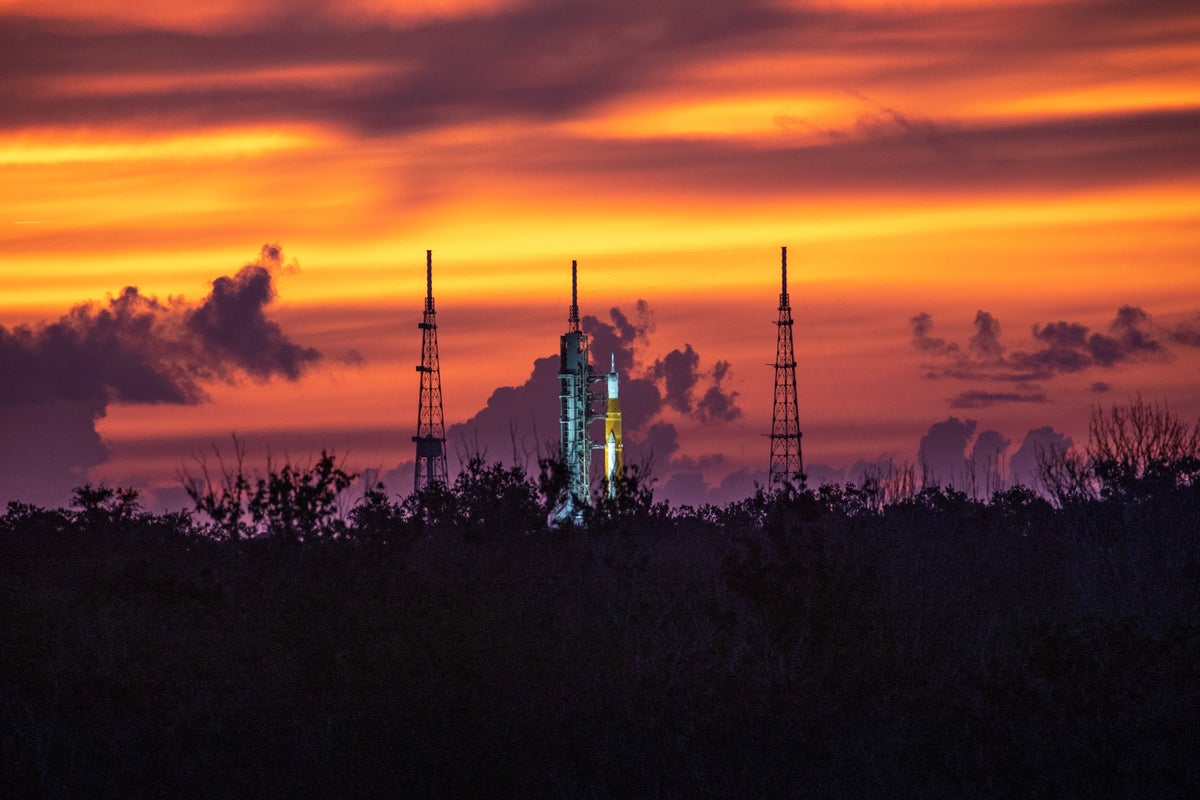
"The first Trump administration unveiled its Artemis lunar landing program in 2017, aiming for astronaut boots on the moon in 2024 and an eventual Artemis Base Camp a decade later. These would not be Apollo-style flags-and-footprints sorties but rather longer-duration missions meant to support the construction of an eventual Artemis Base Camp lunar outpost; as such, they require bigger rockets and spacecraftand more complex hardware for surface operations."
"After a long delay, the program's first crewed lunar flight, Artemis II, is scheduled for next year sometime between February and April. Launched by the space agency's costly Space Launch System (SLS) rocket, the mission will fling four astronauts around the lunar orb and back to Earth. It will be the first human mission toalbeit not onthe moon since Apollo 17 in 1972. Actually landing U.S. astronauts on the moon is officially slotted for 2027, on NASA's Artemis III launch."
"In August the China National Space Administration test-fired the first stage of its own lunar rocket, aiming to place people on the moon by 2030. And that nation's timeline is looking a lot more realistic than ours, space experts say. At stake are not only bragging rights, some fear, but also the ability to set the rules of the road for the future on the moon, on Mars and in the rest of the solar system."
NASA's Artemis program targets a crewed lunar return with longer-duration missions and a future Artemis Base Camp, requiring larger rockets, spacecraft, and complex surface hardware. Artemis II, the program's first crewed lunar flight, will fly four astronauts around the moon and return between February and April next year aboard the SLS rocket. Artemis III is scheduled to land U.S. astronauts on the moon in 2027, but former and retired space agency officials consider that timing unlikely. China tested the first stage of a new lunar rocket and aims to place people on the moon by 2030. Strategic control and rule-setting for lunar and planetary activities are key stakes.
Read at www.scientificamerican.com
Unable to calculate read time
Collection
[
|
...
]